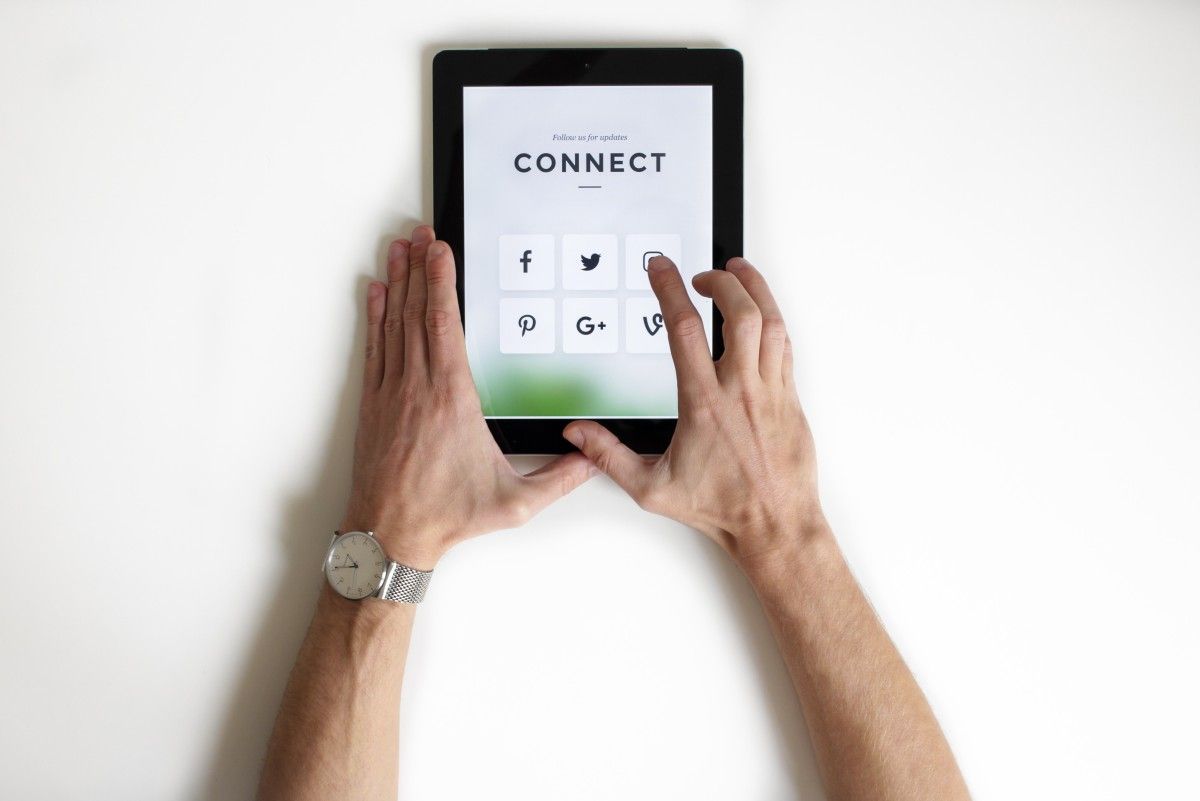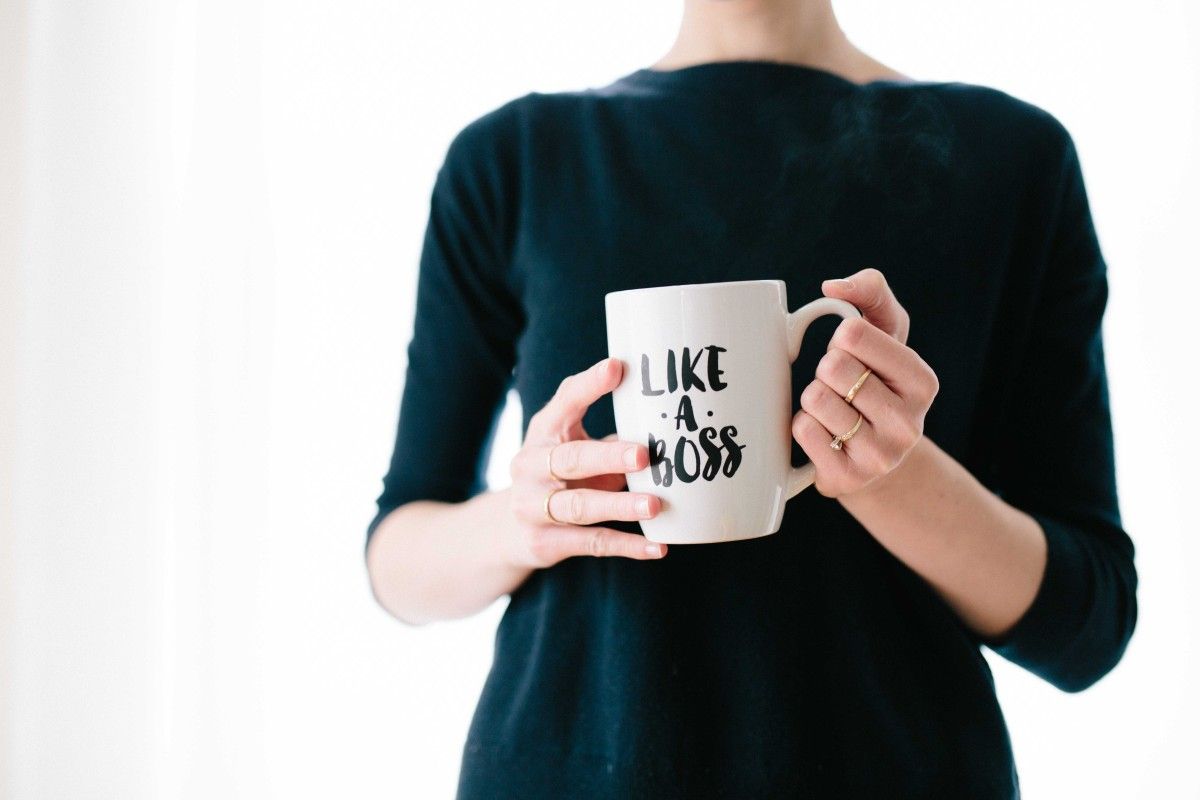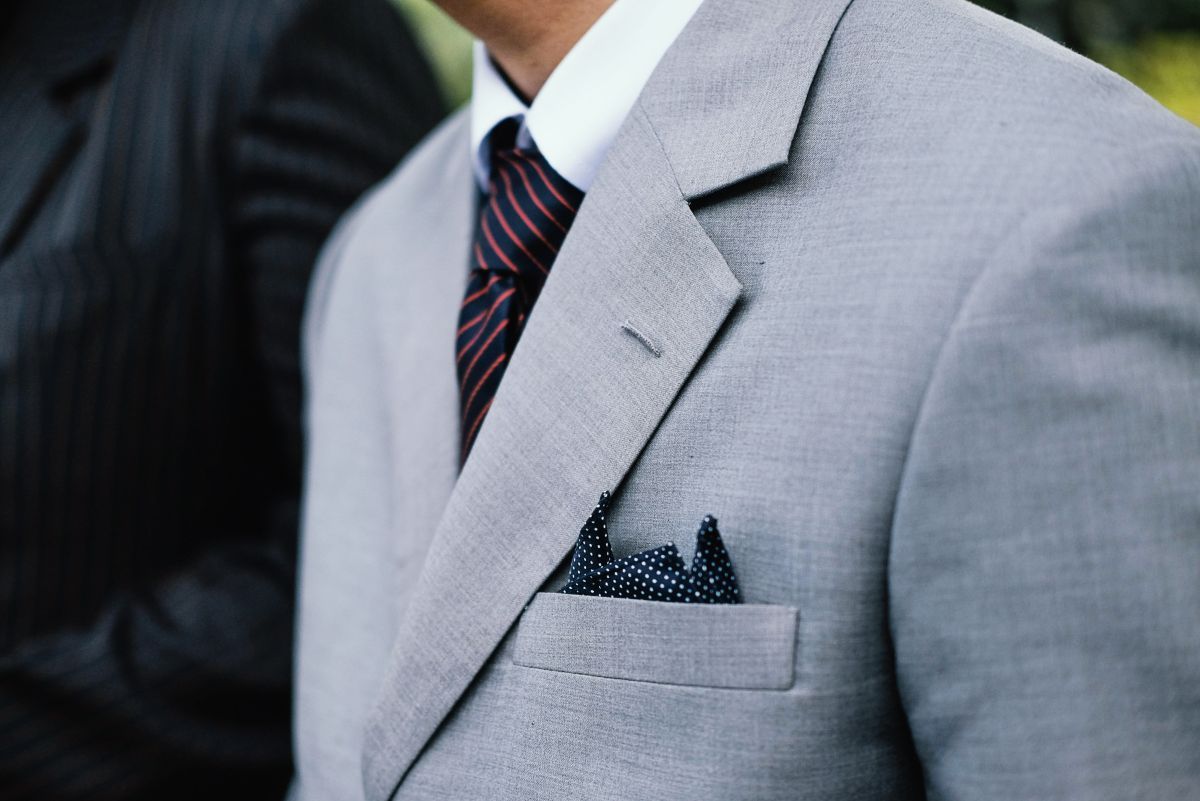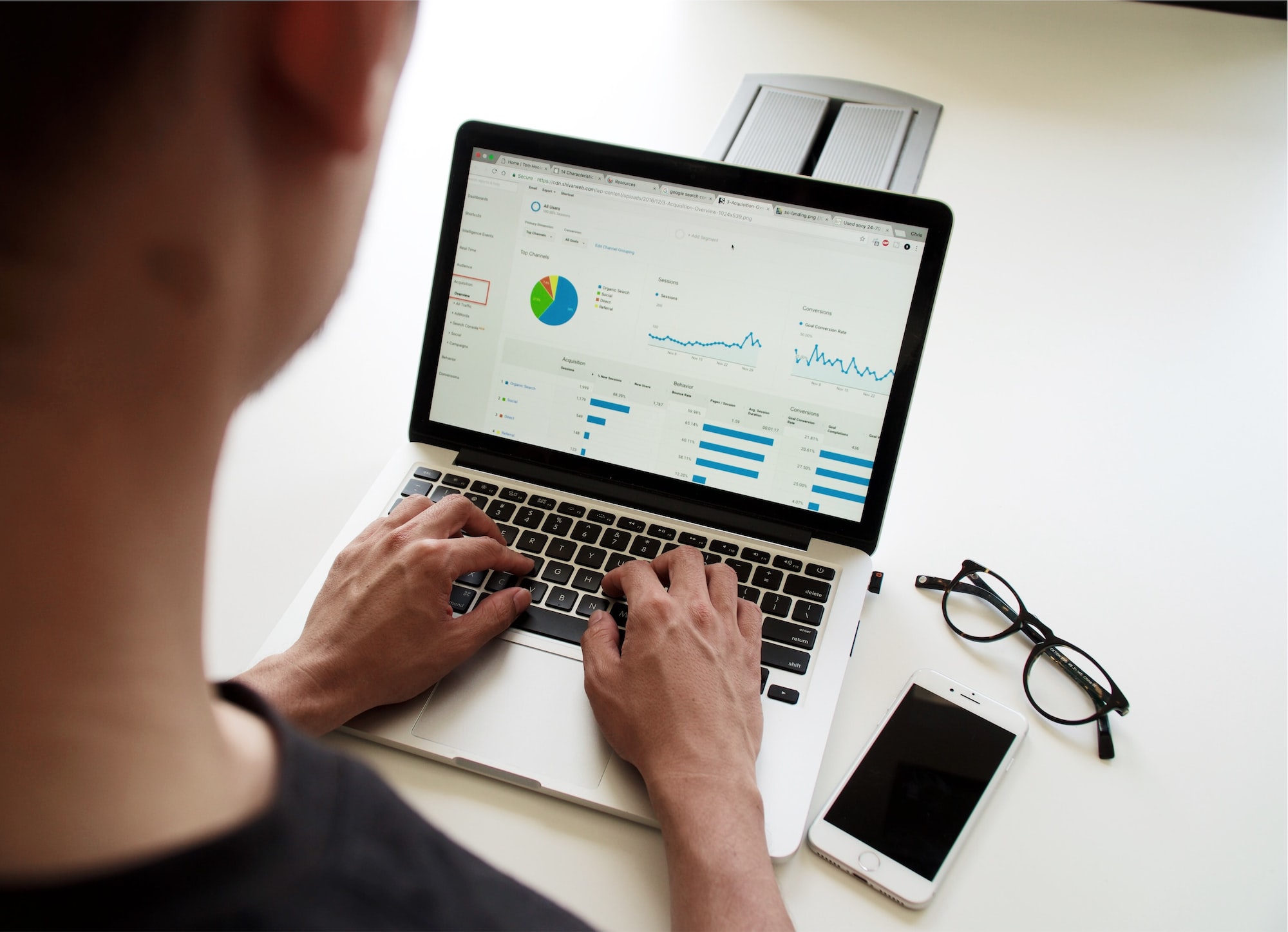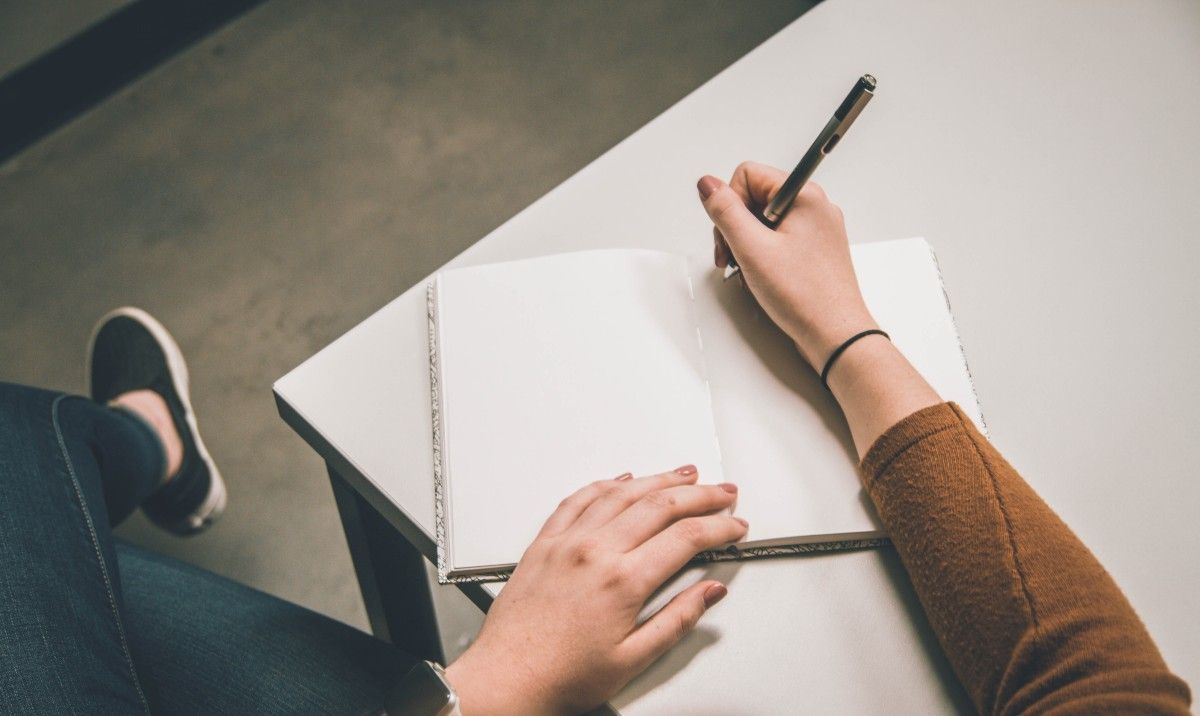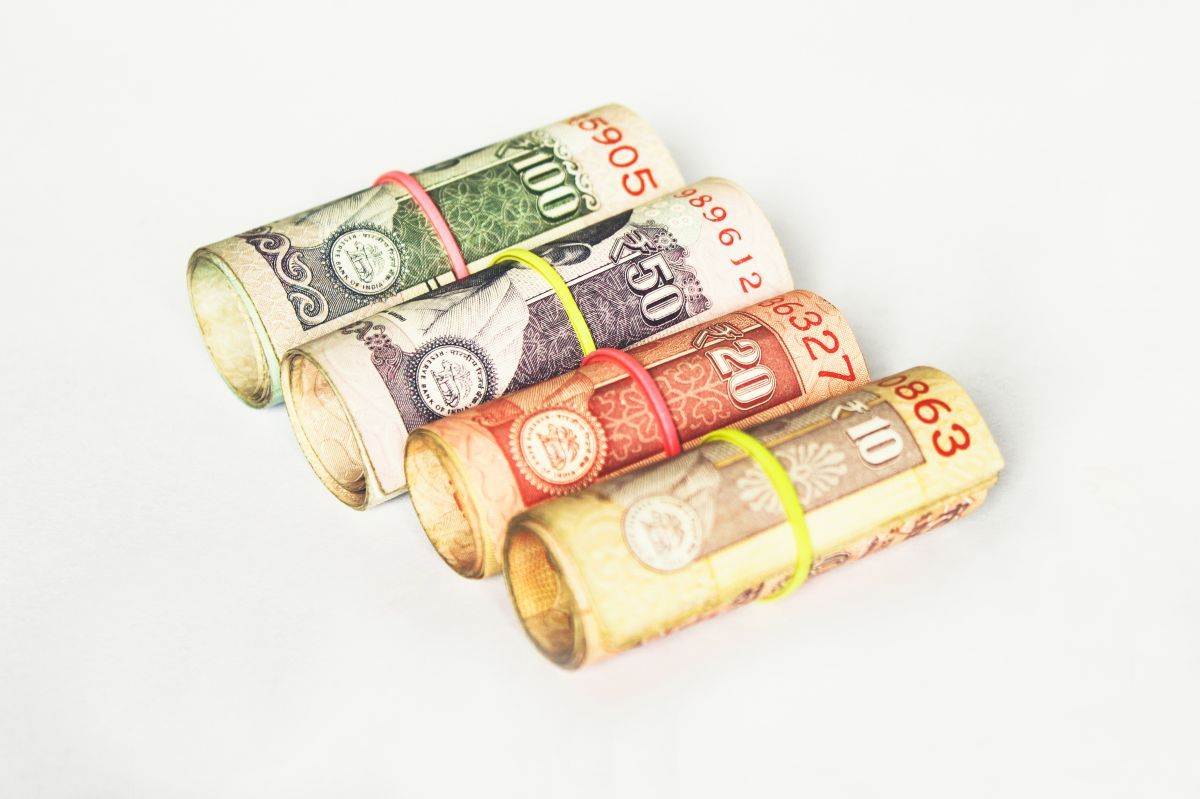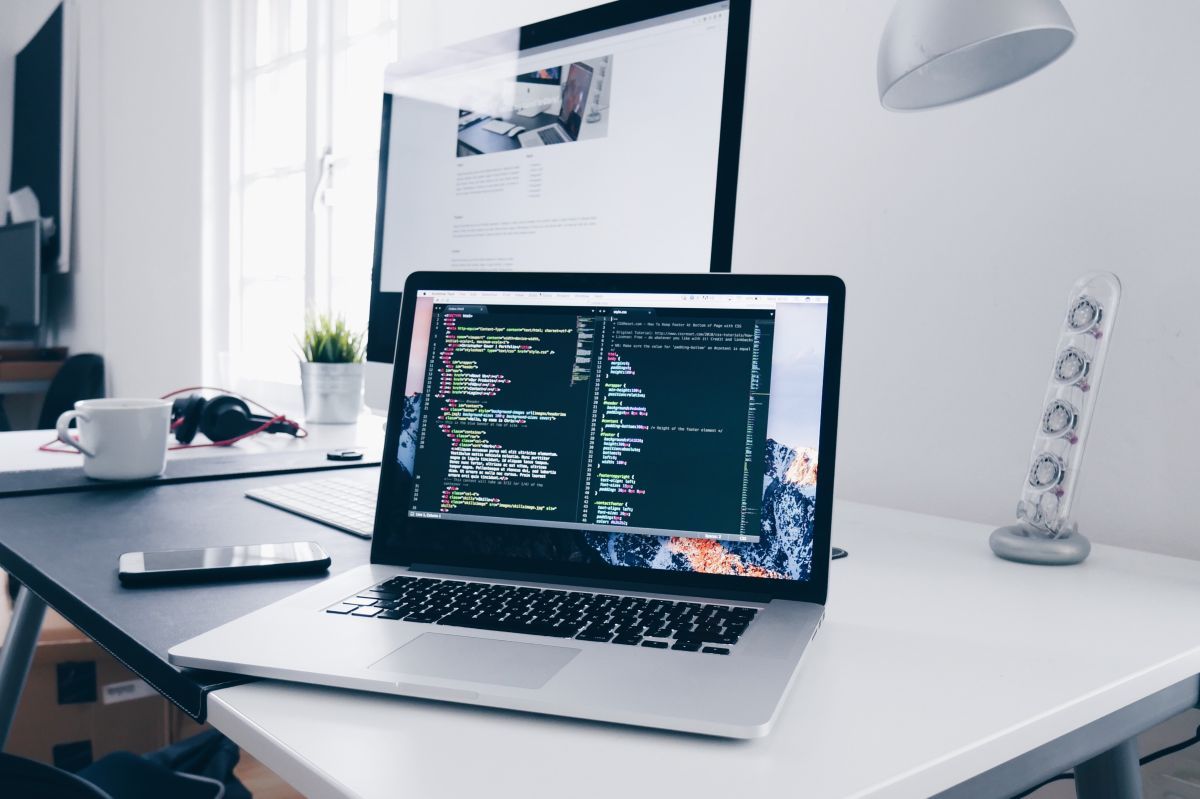First impressions matter, especially in the business world. That's why it's important to dress professionally and appropriately for any occasion. Whether you're going for a job interview, attending a business meeting, or simply going to work, you want to look your best.
But what does it mean to dress professionally? What is business formal attire? And how do you put together a classy business outfit?
This blog post will provide you with a complete guide to business formal attire for both men and women. We'll cover everything from the basics of choosing a suit or pantsuit to the finer details of accessorizing.
Whether you're looking for cool business casual outfits or office wear outfits for ladies, we've got you covered. We'll also provide tips on how to dress for a job interview and make a great first impression.
So read on to learn everything you need to know about business attire. And remember, dressing professionally is just one way to show the world that you're serious about your business.
What is a Business formal attire?
Business formal attire is the most formal type of professional dress code. It is typically worn for important meetings, events, and interviews.
Business formal attire is characterized by its conservative, polished appearance.
What Is The Difference Between Business Professional And Formal Attire?
When preparing for a job interview, choosing the right outfit is essential to make a positive first impression. Two common dress codes for interviews are Business Professional and Formal Attire.
While they might seem similar, there are distinct differences between the two. Understanding these differences will help job seekers select the appropriate outfit for their specific interview context.
Business Professional Attire
Business Professional attire is a common dress code for interviews in corporate and professional settings.
It conveys a sense of authority, competence, and a strong work ethic. Here's what you should know:
- Suit: A well-fitted two-piece or three-piece suit is the cornerstone of Business Professional attire. Dark, solid colors like navy, charcoal, or black are typically recommended for suits.
- Shirt/Blouse: A business attire should definitely include a crisp, long-sleeved dress shirt or blouse in a neutral color is ideal. White, light blue and pastel shades are safe choices.
- Tie: Men should wear a conservative tie in a solid or subtle pattern. Women can opt for a modest, professional necktie or a statement scarf.
- Footwear: Closed-toe dress shoes in black or brown are the go-to choice. Ensure they are polished and well-maintained.
- Accessories: Keep accessories minimal and understated. A professional watch and a subtle belt are appropriate.
- Grooming: Pay attention to personal grooming, including well-kempt hair, manicured nails, and minimal or no visible tattoos or piercings.
Formal Attire
Formal Attire is the highest level of dress code and is typically reserved for special occasions and upscale events. However, it's important to distinguish it from Business Professional attire for interviews. Here's what sets it apart:
- Tuxedo or Evening Gown: Formal Attire often involves a tuxedo for men and an elegant evening gown for women. These are typically in dark colors and feature fine details.
- Shirt/Blouse: Men should wear a formal white dress shirt with a black bowtie. A classy business outfit for women would include a formal blouse but should avoid plunging necklines or overly flashy details.
- Footwear: Footwear makes or breaks the outlook of a crisp business professional attire. Men should wear highly polished black formal shoes, and women should choose elegant, closed-toe heels.
- Accessories: Keep accessories refined, such as cufflinks for men and subtle jewelry for women.
- Grooming: Ensure impeccable grooming, including perfectly styled hair, flawless makeup, and impeccable hygiene.
Choosing the Right Attire for Your Interview:
To decide between Business Professional and Formal Attire, consider the industry and company culture:
- Business Professional attire is typically suitable for industries like finance, law, and consulting, where a conservative appearance is valued.
- Formal Attire is rarely necessary for interviews, except for exceptionally formal organizations like certain government positions or high-level executive roles.
In most cases, Business Professional attire is the safest choice for job interviews. However, if you're unsure, it's a good idea to research the specific dress code of the company or inquire with the HR department.
Remember that dressing appropriately not only shows respect for the company but also boosts your self-confidence during the interview process.
So, understanding the differences between Business Professional and Formal Attire is crucial for job seekers to make a lasting impression in interviews.
Your outfit should align with the industry and company culture, helping you present yourself as a competent and suitable candidate.
Types of business attire (Business formal women and business formal men)
Now that we have cleared the difference between business professionals and formal attires, we will provide a complete guide to business professionals.
Business attire can vary depending on the workplace and industry, but there are several common types of business attire.
Here's a list of different types of business attire:
Business Casual
Business casual is a more relaxed form of professional attire, suitable for workplaces with a less formal dress code.
Business casual for men includes well-fitted, tailored suits in traditional colors like black, light blue, navy, beige, or grey are suitable for formal corporate events.
While a tie is not essential, you can include it to appear more professional. When choosing suit fabrics, opt for cotton or linen to wear during summer and wool for colder months.
Business Professional
Business professional attire is a formal and conservative style of dress typically seen in corporate and professional settings.
Three-piece suits are ideal for high-stakes interviews or positions in industries where a more conservative appearance is expected, such as finance or law.
Stick to traditional, dark colors and pair with a well-maintained tie.
Casual Friday (or Dress Down Friday)
Casual Friday is a specific dress code that allows employees to dress more casually at the end of the workweek.
Men can opt for dress slacks or chinos with a collared dress shirt and a blazer, skipping the tie.
Women might choose tailored trousers or a knee-length skirt with a blouse and a cardigan or blazer.
Footwear for all business attire should be polished but can include loafers, heels, or dressy flats.
Smart Casual
Smart casual is a blend of casual and formal elements, providing a comfortable yet stylish appearance.
Men can wear well-fitting khakis or dark jeans with a button-down shirt or a well-structured sweater.
Women can opt for casual dresses, skirts, or jeans paired with a stylish blouse or top.
Footwear can include sneakers, loafers, or stylish boots.
Business Informal Attire
Business Informal is a step down from Business Casual and typically applies to start-up environments or creative industries. It allows for individuality in clothing choices.
Men can wear jeans, a neat T-shirt, and a casual blazer.
Women might choose casual pants, a creative top, and accessories that reflect their style.
Sneakers and other comfortable footwear are generally acceptable.
Casual Attire
Casual attire is the most relaxed dress code, typically reserved for casual, non-professional environments.
For men, this can include jeans and a casual shirt. Women can wear jeans, a simple top, and comfortable shoes. However, it's crucial to remember that even in a casual setting, clean and well-maintained clothing is essential.
The choice of business attire depends on the specific industry, company culture, and the nature of the job.
It's essential to adhere to the dress code of your workplace and adjust your attire accordingly to project professionalism and fit in with your colleagues and superiors.
Guidelines For Workplace Attire
Now, let's go through how you can wear your formal attire with style;
Wear well-fitting clothes
Look for clothes that are comfortable to move in. Getting your formal pieces custom-fitted to complement your body shape might be helpful.
Choose an appropriate formal tie
Choose ties in solid colors or subtle patterns like dots, stripes, paisley, or plaid. Ensure that the tie's length reaches your belt.
Add a simple belt
When putting together a business attire, choose a classic black or brown belt in colors that match your footwear. While choosing belts, ensure that the buckle is formal and classy without being too large or ornate.
Consider a pocket square and cufflinks
Though not essential, you can include a pocket square and conservative cufflinks to complete the formal look. When choosing a pocket square, opt for cotton, linen, or silk in neutral colors like white or beige for a more put together business attire.
Select appropriate footwear
Choose polished, closed-toe dress shoes in black or brown. Ensure that they are well-maintained and in good condition.
Keep accessories understated
Choose minimal and understated accessories like a professional watch and subtle jewelry. Avoid overly flashy or distracting pieces.
Maintain good grooming
Pay attention to personal grooming, including well-kempt hair, neat nails, and a well-shaved or well-groomed appearance.
Ensure that your clothing is clean and wrinkle-free to ensure your entire business attire looks put together.
Choose suitable fabrics
Select clothing made of high-quality, breathable materials like cotton or wool for suits. Ensure that the fabric is season-appropriate, opting for lighter fabrics in hot weather and warmer materials in cold weather.
Coordinate colors and patterns
A professional dress code ensure that your clothing and accessories coordinate in terms of colors and patterns. Avoid clashing or overly bright color combinations.
Dress per company culture
Pay attention to your workplace's dress code and culture. Some workplaces may have a more relaxed dress code, while others may expect a more conservative appearance.
By following these guidelines, you can ensure that your workplace attire reflects professionalism and an understanding of the company's expectations, allowing you to make a positive impression in the professional world.
Conclusion
Dressing professionally is one of the best ways to make a good impression in the business world. By following the tips in this complete guide to business formal attire, you can put together classy business outfits that are both professional and stylish.
Whether you're looking for cool business casual outfits or office wear outfits for ladies, we've got you covered. We've also provided tips on how to dress for a job interview and make a great first impression.
So remember, dressing professionally is just one way to show the world that you're serious about your business. And with this complete guide, you'll have everything you need to dress your best for any occasion.
